I often wish I could talk to photographers.
I have the good fortune to interview a great many of them, but that’s not what I mean. Instead, I wish I could talk to them late at night, when I am holding a photo book in my lap, admiring an image, and wondering about the moment the image was taken.
“Voice of the Eyes: Creative Minds in Landscape Photography”, curated by René Algesheimer
Published by Epiphany AG Press, 2022
review by W. Scott Olsen
I want to hear the story of the image, absolutely. But I also want to hear the story of the story. I want to know who these people are, and what they believe, and why they were there in the first place. I wish for those wonderful conversations which can happen late into a quiet evening when stories are easy to tell.
A wish for conversation, or at least information, is nothing new. When we admire an artist working in any form, we have a natural curiosity about the person who created it. That’s why we have biographies of musicians, actors, astronauts, chefs. That’s why those biographies are popular.
I have a book on my desk this afternoon which goes a long way towards satisfying both my appreciation for landscape photography and my curiosity about its creators. Voice of the Eyes: Creative Minds and Landscape Photography is both a brilliant and a simple book. René Algesheimer has gathered a collection of wonderful landscape photographers and asked each one of them the same set of questions. The result is not at all repetitive. It is dynamic and varied and idiosyncratic. If you ask any number of photographers the same artistic question, the real interest is not only in their answers but in the variety and contradictions and agreements which emerge.
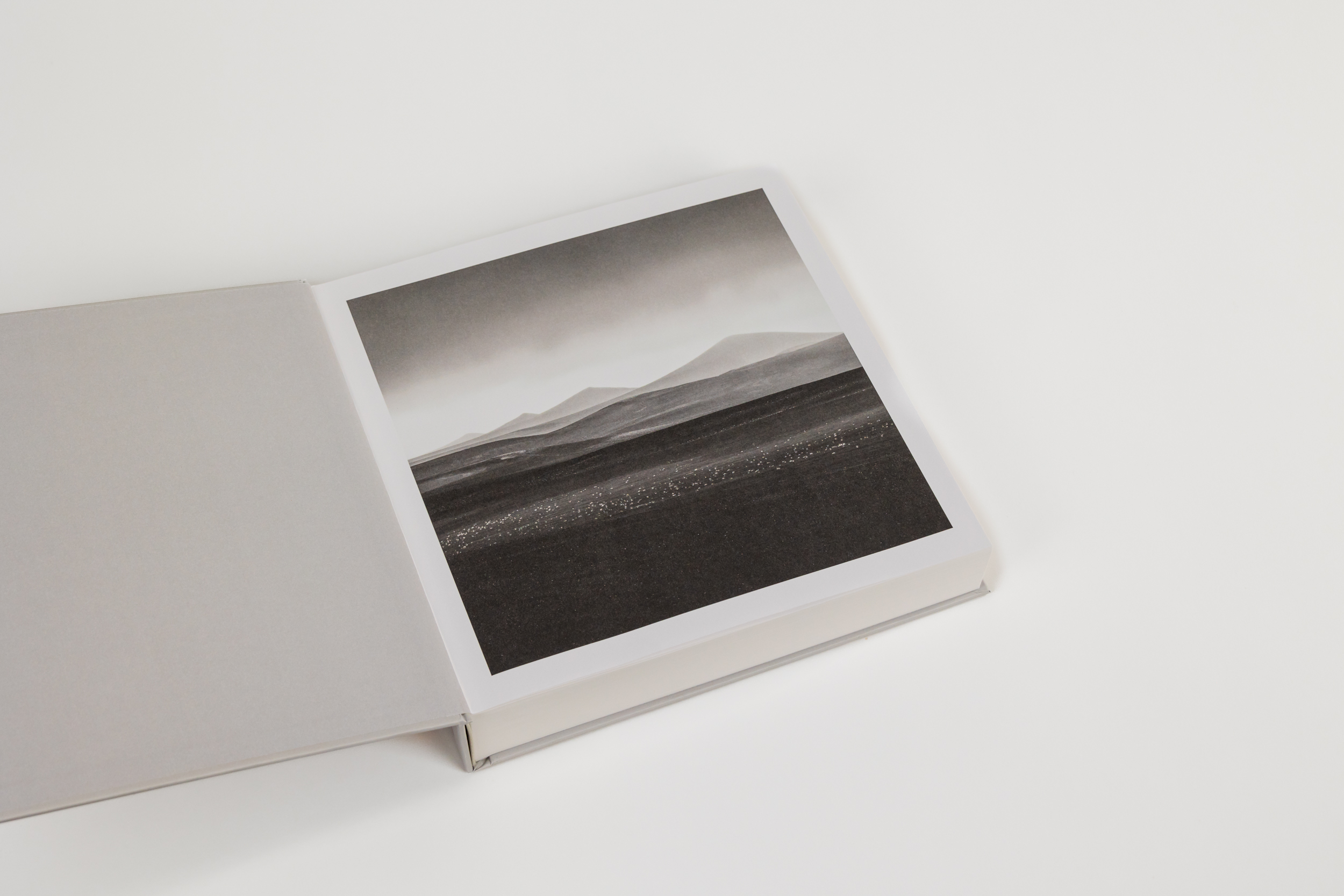
In his introduction, Algesheimer writes, “…selected in this book are both young and mature photographers who work exclusively with film cameras, and others who prefer only the digital world, artists who work documentary and those who work expressively, artists who primarily work with the camera and those who see narrative storytelling of their works through videos as part of the creative process, heavy users of social media, as well as artists who consciously refrain from using these platforms.” He continues with a personal note, “These are wonderful people who have had an intense influence on my own artistic work over the last few years.”
There are thirty-one photographers featured in the book. The chapters are organized identically into three parts. Part One is represented by a series of sliding scales, answers to what Algesheimer calls the warmup questions. For example, Do you work in film or digital? The answer is not in words but a dark spot on a bar. Do you include titles or no titles, captions or no captions? Given a range, we see where they self-declare their work to reside. Part One is a cursory overview which works very well as we move from one photographer to the next.
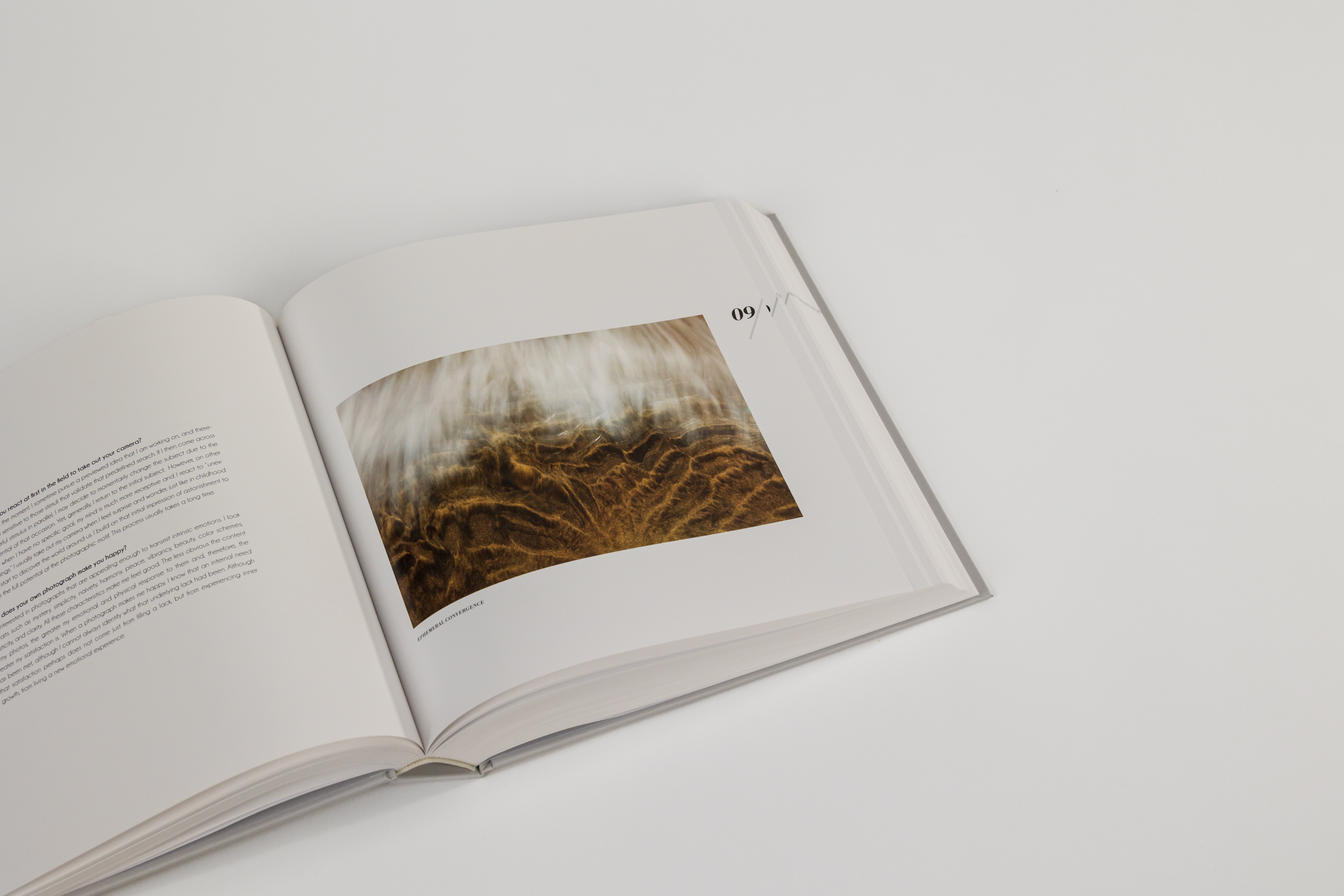
Part Two of each chapter contains what Algesheimer calls the 15 standard questions. Why do you photograph? What makes a good photograph? What’s your subject matter? When does your own photograph make you happy? The list goes on. How do you describe your visual language? Do you prefer short or long term projects?
The answers are always insightful and often thought-provoking.
For example, one of the 15 Standard questions is, “What ‘makes’ a good photograph?”
According to Swiss-Spanish photographer Rafael Rojas, “Ideally, there should be different layers of signification, deployed in successive waves. The visual aesthetics of the image should be strong enough to draw the attention of the observer, only to then release the expressive content of the photograph, with deliberation but also a strong dose of mystery and ambiguity. The role of the visual aesthetics of the image should be akin to that of the clinking of the glass when announcing the beginning of a speech. Visual appeal should only draw the attention of the observer, but a good image should not stop there. A good image will use that brief span of attention to deliver a message, carrying concept, symbolism, metaphor, and emotion, affecting both the conscious and the subconscious of the observer.”
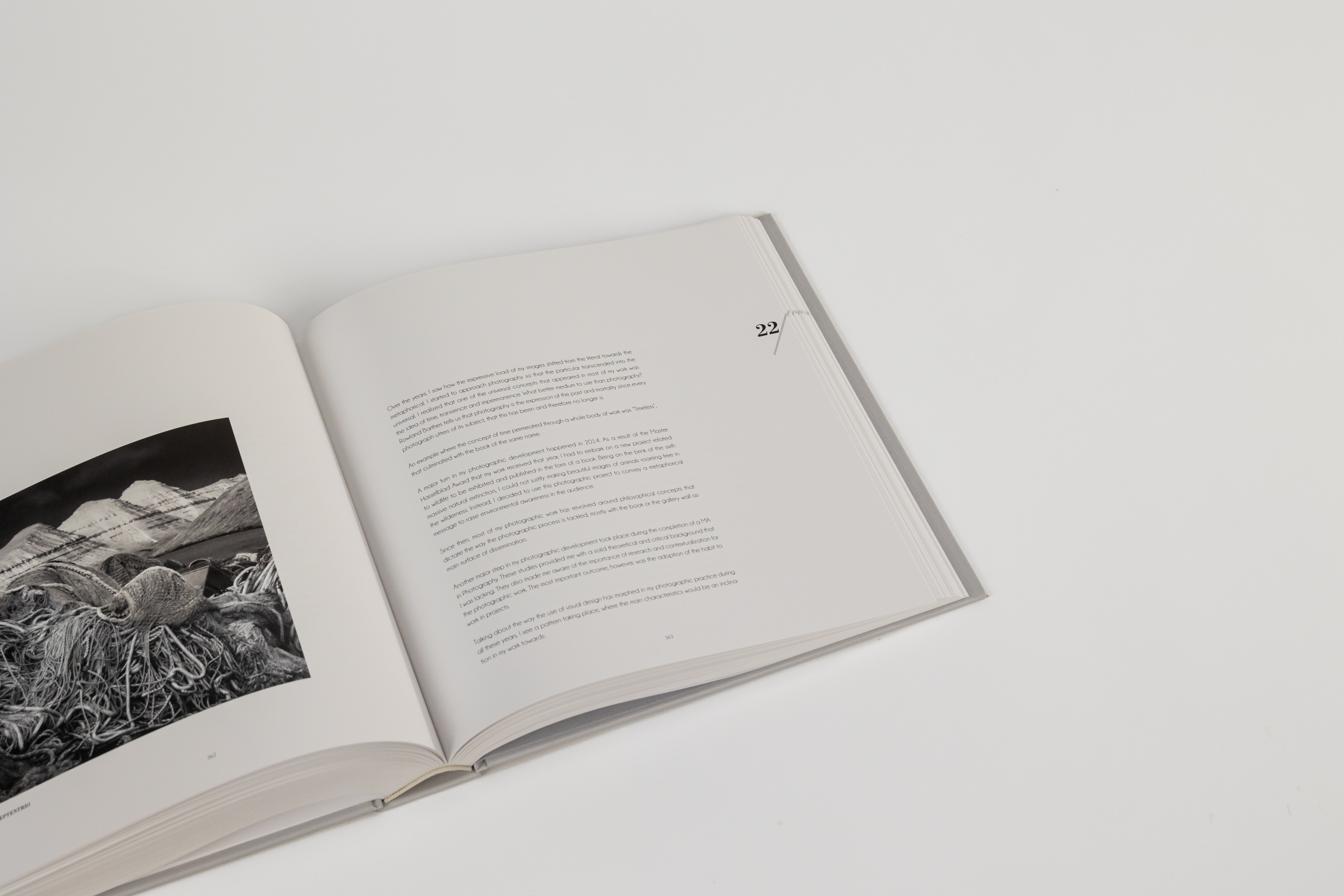
According to British photographer David Ward, “I believe that there is an alchemy in the making of photographs whereby the photographer, through intimate study of their subject, can produce revelatory images. Beauty is one of the elements in this process of bringing things to light. Beauty isn’t supercharged pretty but something which reveals the truth about the world. Many scientists and philosophers have noted that solutions to problems possess beauty. True beauty compels our attention.”
Canadian photographer Patterson Freeman writes, “A good image is one in which the form (visual design of the content) expresses the symbolic content that the creator recognizes (consciously or unconsciously) in the subject matter.”
Long or short answers, this is all heady stuff.
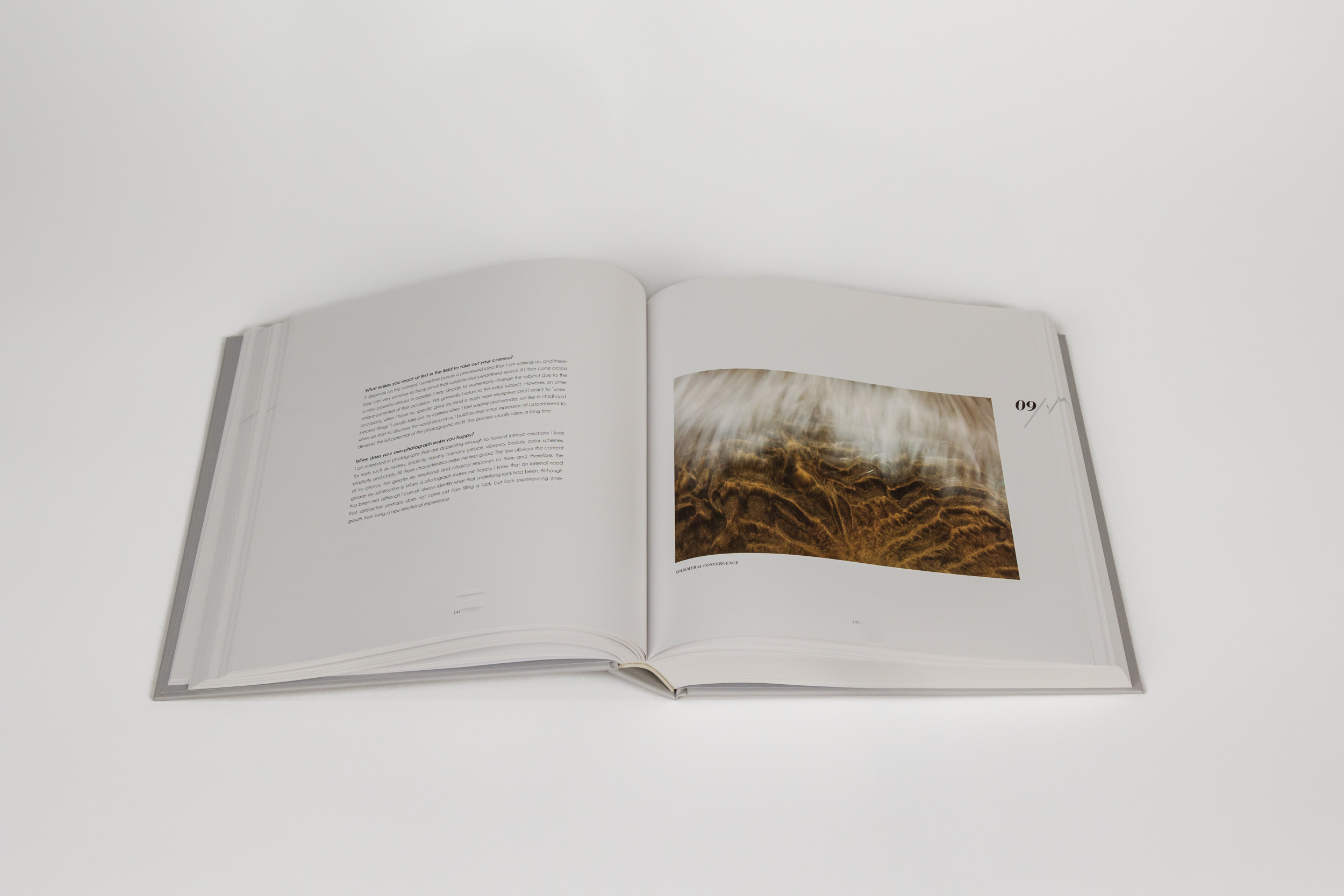
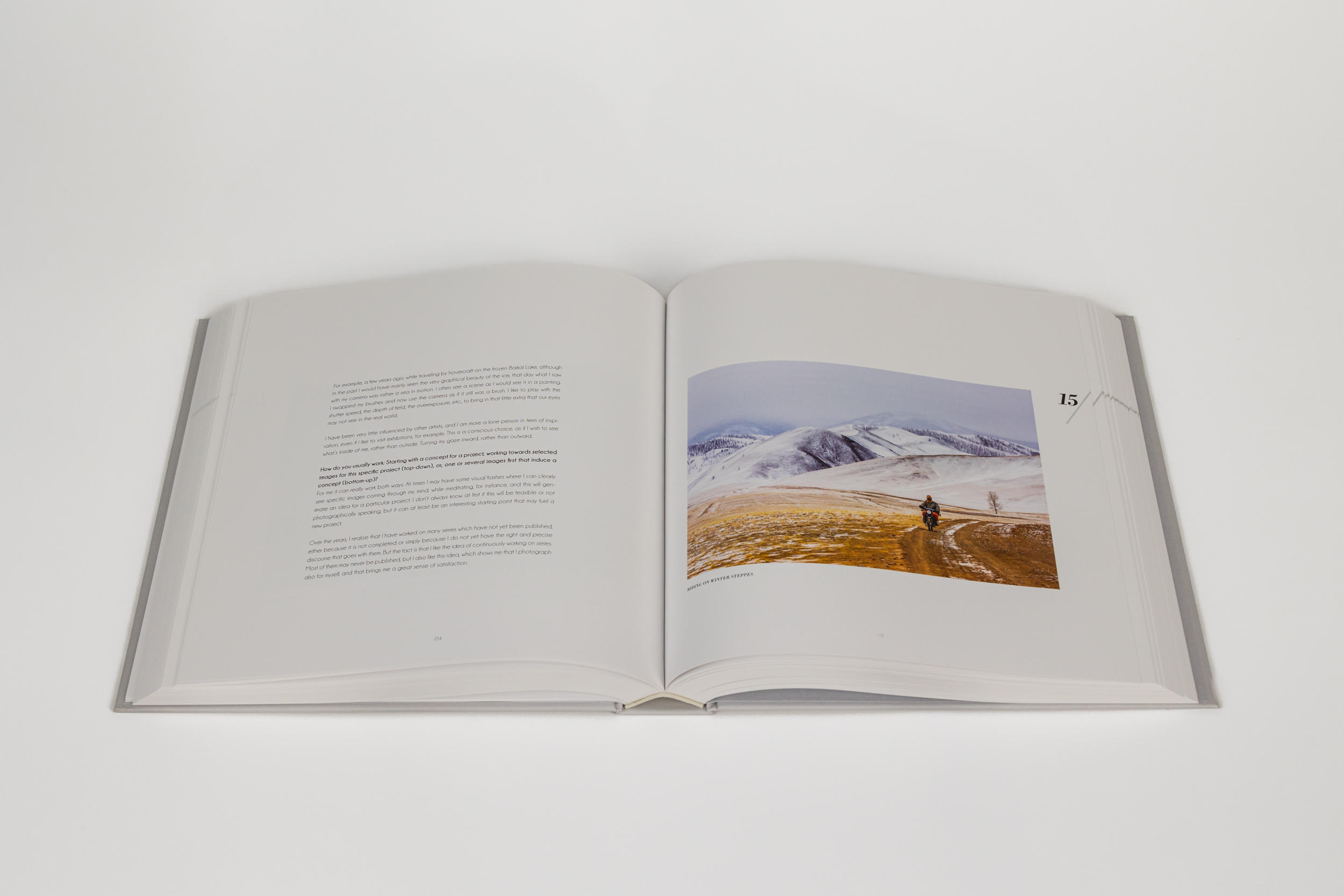
Part Three of each chapter holds three personal questions. Please, highlight one of your own personal photographs from your body of work and tell us what it means to you. What’s your favorite photography book by other photographers? Please, tell us a personal anecdote that influenced your photographic path.
Answering the first of these, Dutch photographer Marsel VanOosten writes, “Deadvlei in Namibia is one of my favorite locations because it perfectly fits my photographic preferences and style. Almost 20 years ago, when I first visited Namibia, few people had seen images from this surreal location. Over the past 15 years, however, it has become iconic, and the Internet is inundated with Deadvlei images. At some stage, other landscape photographers were saying that the place was shot to death and that it was impossible to create anything unique there anymore. That’s what triggered me into coming up with ideas that would result in something that had never been done there before. This particular image is the result of conceptual thinking, previsualization, and careful planning. It is probably the image that I am most proud of – it is 100 percent me. It’s very easy to shoot something fresh in a fresh location but it’s a real artistic challenge to do it at a tourist hotspot. This image was later awarded in the Creative Vision category of the Wildlife Photographer of the Year in London.”
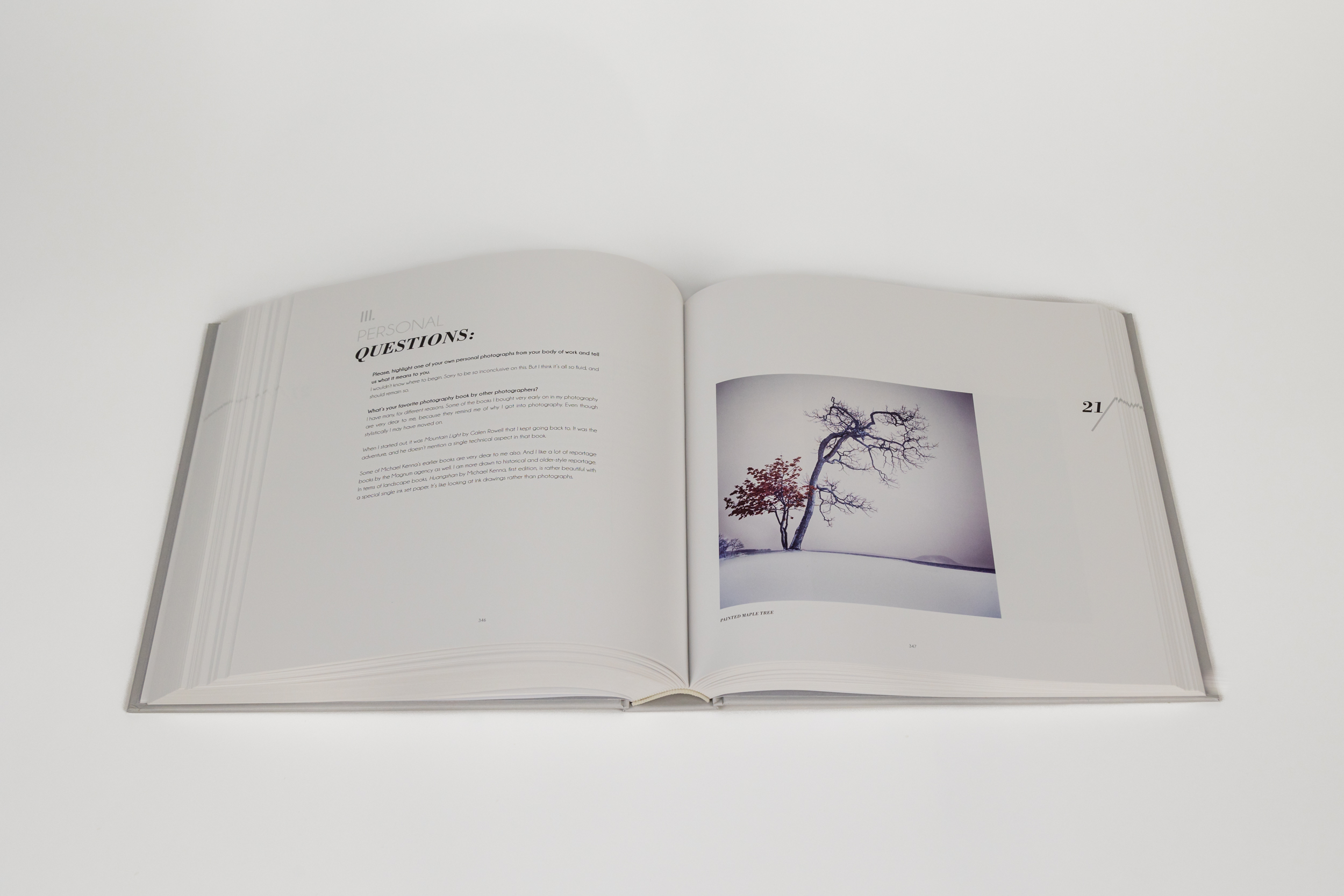
Of course, the one thing I have not mentioned yet is actually the starting point for enjoying this book – the photography. Every artist in this collection has contributed four or five images and they cover a wide range of approaches to landscape images. There are seascapes and mountains. There is fog and clear sky. There is distance work and macro images. There is black and white and there is color. Each of the thirty-one photographers is a rich talent. Some of them I knew about before I opened the covers and many of them I had not. That’s a real pleasure here, the ability to see the work of people who are new to me and then read their thoughts and hearts in the text.
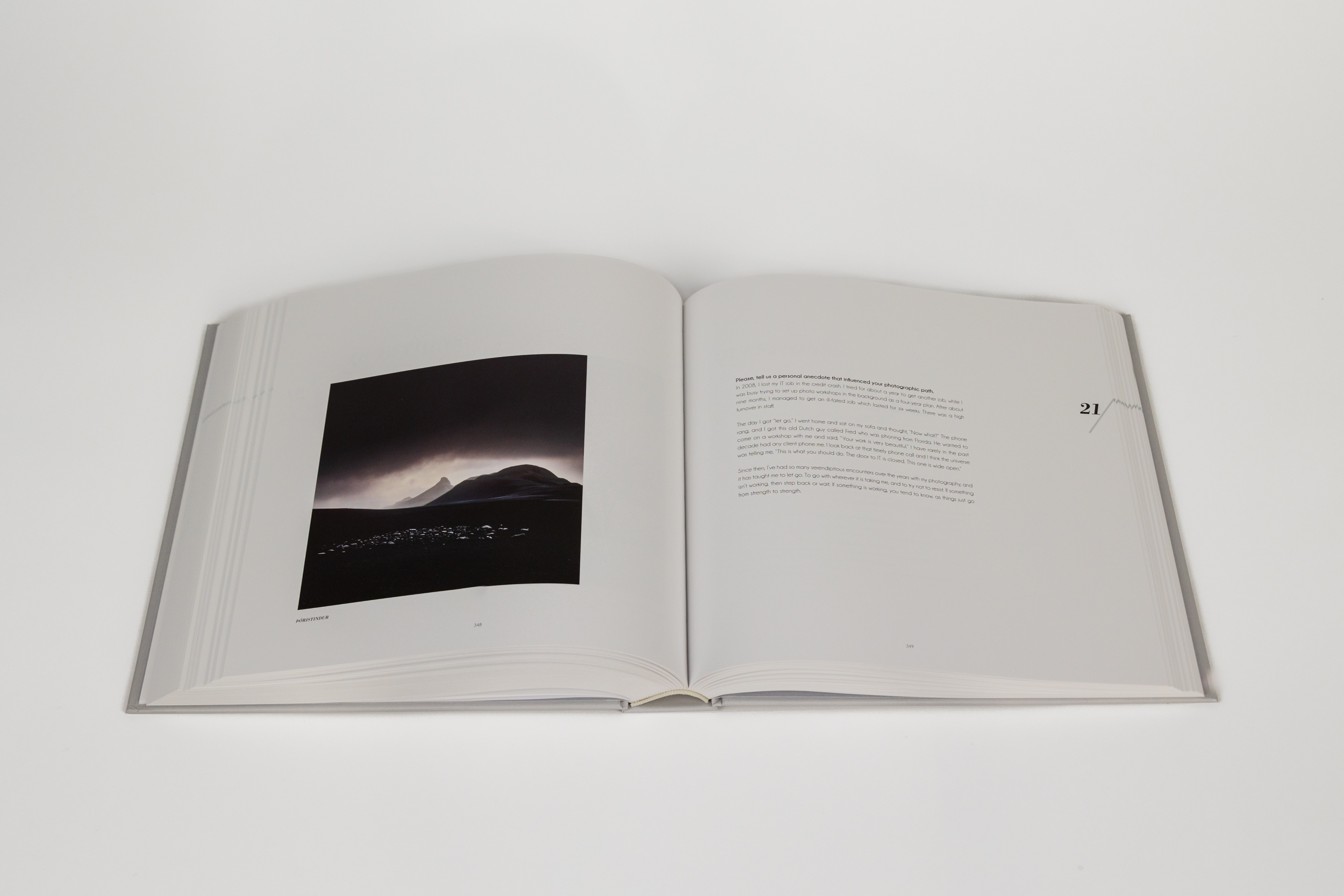
Voice of the Eyes: Creative Minds in Landscape Photography is a fine book for long quiet evenings when you want to travel the world and hear stories about how to make the images sing.
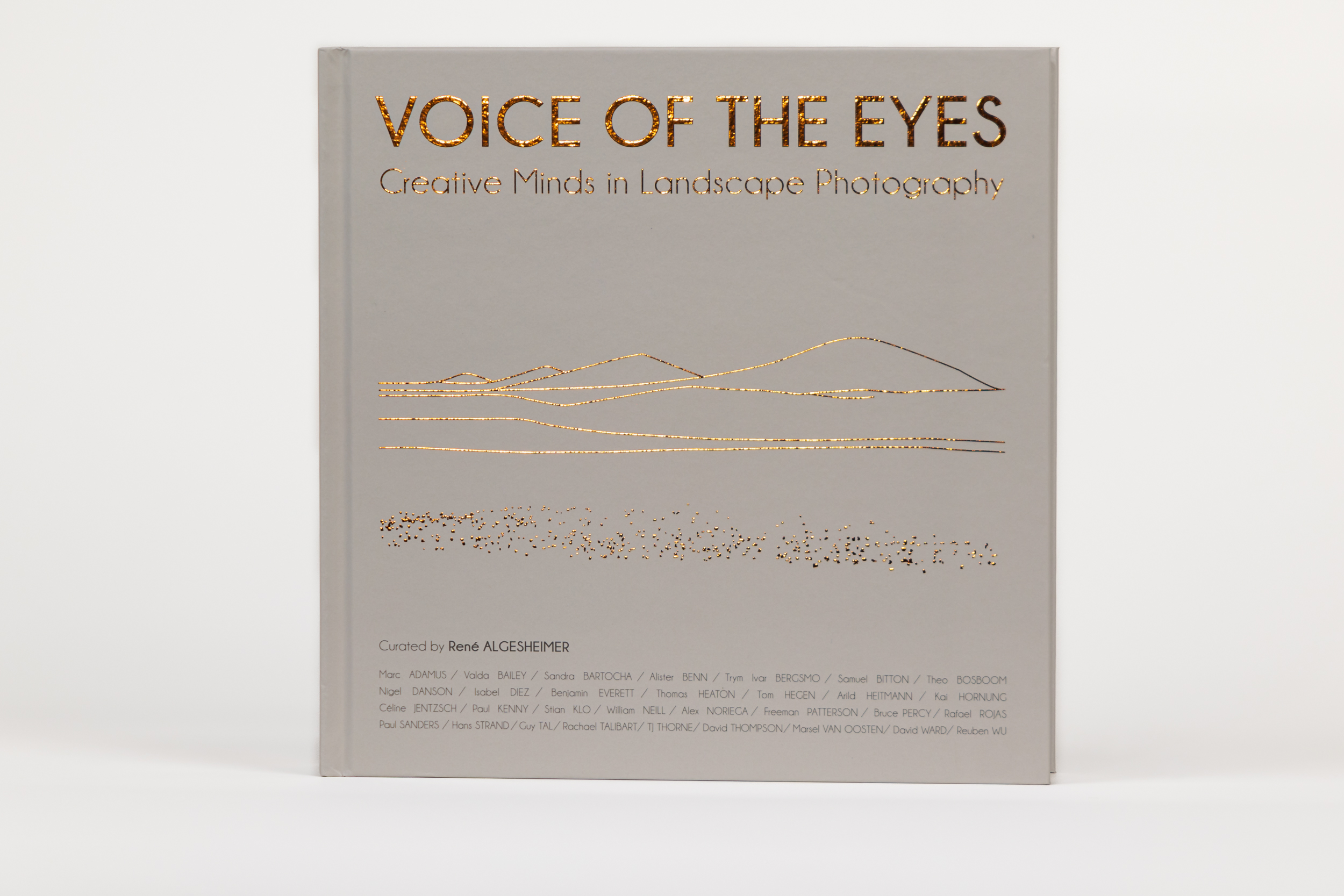
René Algesheimer is a photographic artist, author, educator and public speaker. In his main time, he works as a data scientist, marketing scholar, and coach.
A note from FRAMES: if you have a forthcoming or recently published book of photography, please let us know.



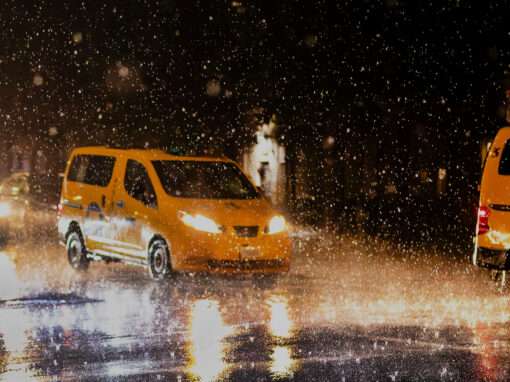
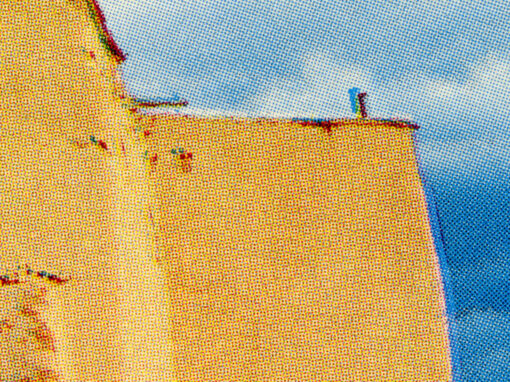
Ezio Romano
May 30, 2023 at 14:21
Where can I find a copy of this book?
Sébastien
October 26, 2023 at 11:21
Here: https://voiceoftheeyes.com